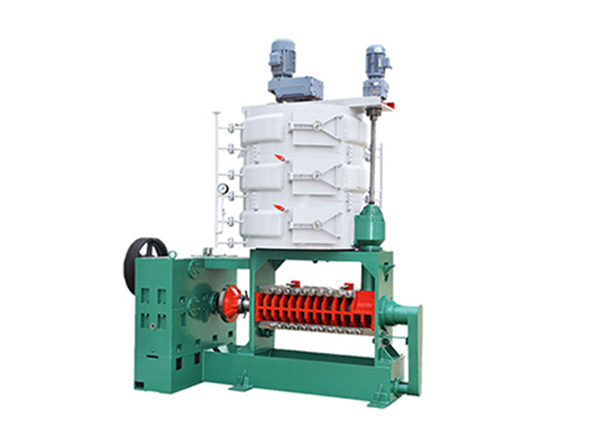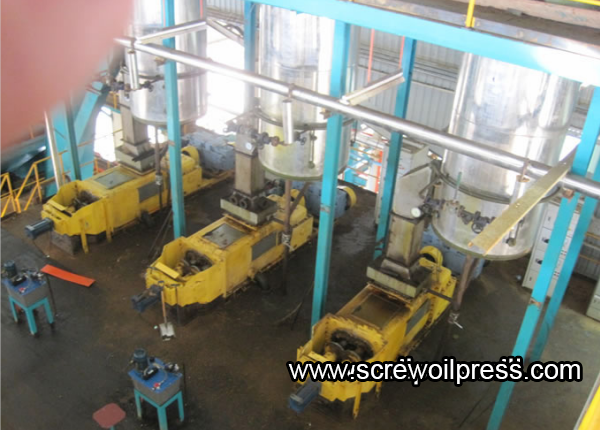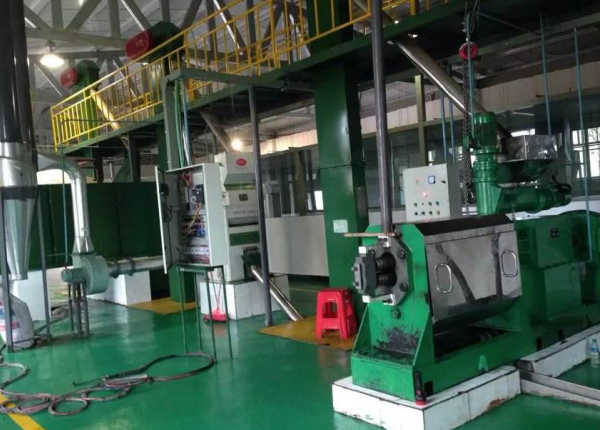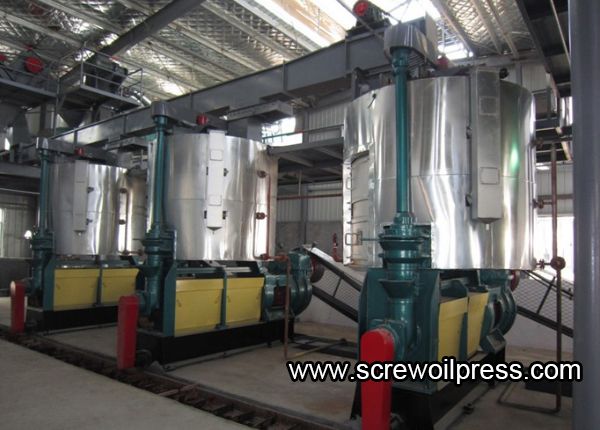- Oil Mill Machinery
- Oil Refinery Machinery
- Oil Processing Plant
- Solvent Extraction Plant
- Animal Oil Processing Machine
- Feed Processing Machine
- Palm Oil Mill
- Industrial Drying Machine
- Grain Processing Machinery

NEWS
Classification of Oil Presses
The oil press is the foundation of an oil processing plant.
However, for many oil mill owners who are purchasing an oil press for the first time, choosing an oil press is a very challenging task.
Next, I will categorize the oil presses based on their oil extraction principles, structural forms, processing raw materials, and production scales. Here are the common classifications:
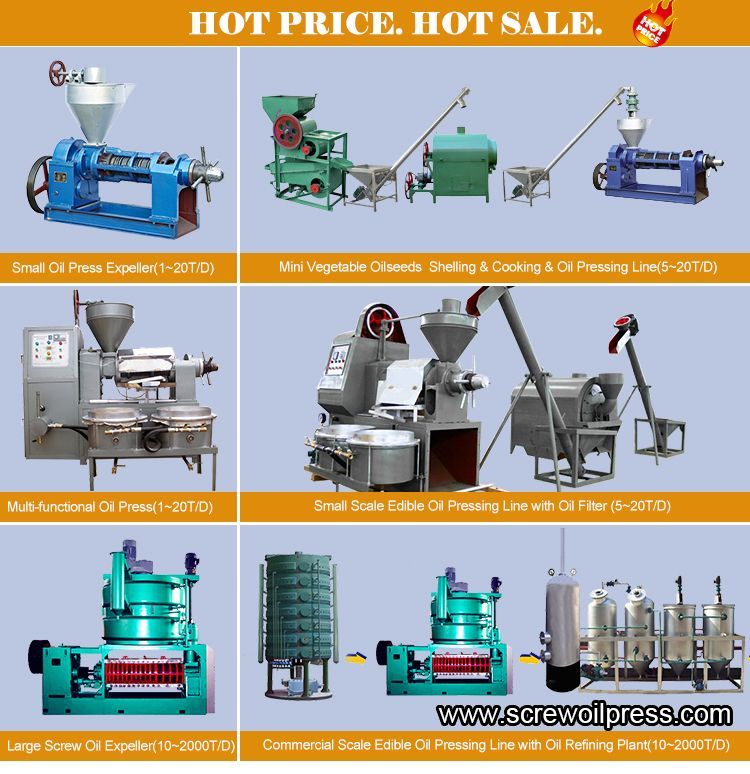
I. Classification according to the oil extraction principle
Hydraulic oil press machine
The pressure generated by the hydraulic pump is used to squeeze the billet, thereby separating the oil.
- Features: Simple structure, convenient operation. Suitable for small-scale production or for valuable oils (such as sesame oil, walnut oil), but with lower efficiency and intermittent operation.
2. Spiral oil extractor
The material block is pushed by the rotation of the spiral shaft. In the press cylinder, it is subjected to compression and friction, generating high temperature and high pressure, which forces the oil to flow out.
- Features: Continuous operation, high efficiency, high oil yield. Suitable for large-scale production. Can process various oil crops such as soybeans, peanuts, and rapeseed. It is currently the most widely used type.
3. Centrifugal Oil Press
The process of separating oil by using centrifugal force is mainly employed for the initial oil extraction of specific oil crops (such as coconuts and palm fruits).
- Feature: Low-temperature operation, capable of preserving the nutritional value of oils, but with a relatively narrow application range.
II. Classification by Structural Form
Vertical oil press machine
The press cylinder is vertically arranged, with a small footprint, making it suitable for small workshops or household use.
2. Horizontal oil press machine
The press cylinder is placed horizontally, with a stable structure and a large processing capacity. It is mainly used for industrial-scale mass production.
III. Classification by Processing Raw Materials
General oil press: Capable of processing various oil crops (such as peanuts, rapeseed, soybeans, cottonseed, etc.), with strong adaptability.
Specialized oil extraction machines: Designed specifically for certain raw materials, such as sesame oil extraction machines (focusing on preserving aroma at low temperatures), tea seed oil extraction machines (suitable for high-fiber raw materials), and palm fruit oil extraction machines, etc.
IV. Classification by Production Scale
Small oil press machine
The processing capacity is usually between 1 and 5 tons per day, suitable for small-scale family workshops and rural batch production, such as small screw oil presses or hydraulic oil presses.
2. Medium-sized oil press machine
Processing capacity: 5 - 50 tons per day. Suitable for small and medium-sized oil mills, it can meet the regional demand for oil processing.
3. Large-scale oil press machine
The processing capacity is over 50 tons per day. It is an industrial-grade equipment equipped with automatic feeding and temperature control systems, and is used in large-scale oil processing plants.
In addition, there are manual oil presses (for household use), semi-automatic oil presses (requiring manual assistance), and fully automatic oil presses (automatically completing the entire process from input to output) classified by their degree of automation.
Different types of oil presses are suitable for various scenarios. When choosing, one should consider the characteristics of the raw materials, the production volume requirements, and the production conditions.
The screw oil extractor is the most common and frequently purchased type of oil extractor.
Because it is suitable for most oil-bearing crops, it usually does not require the replacement of machinery and can be used for the initial extraction of different oil crops.





